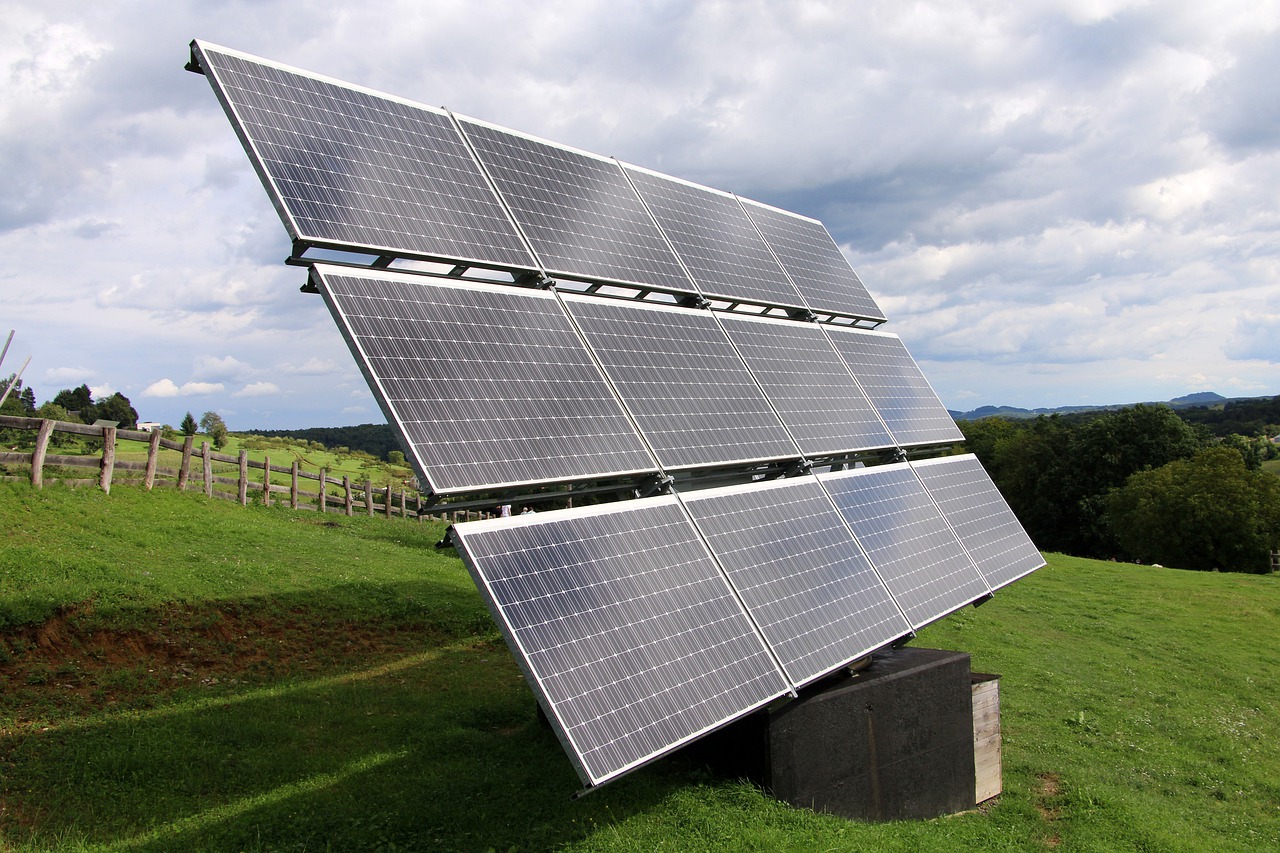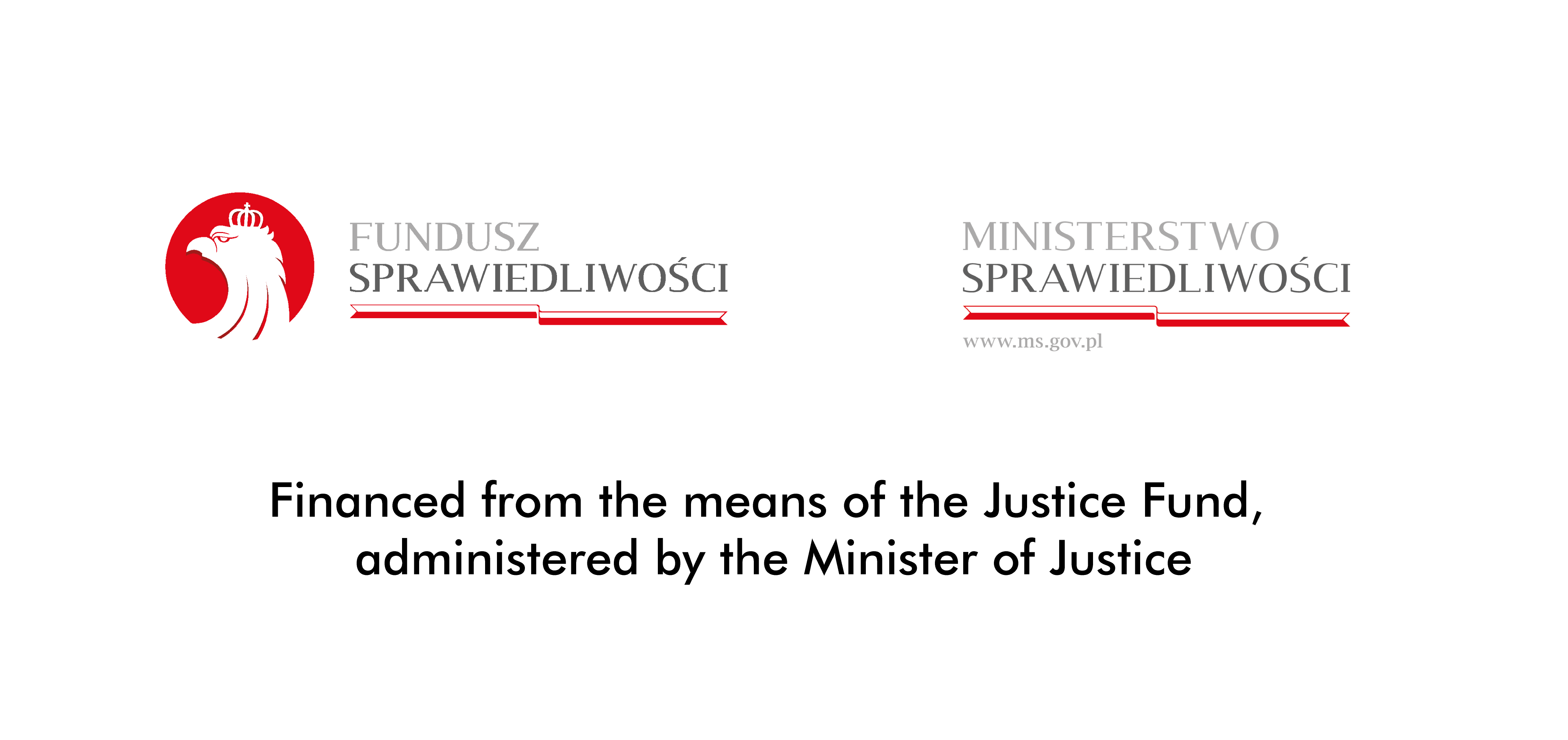Halting the Green Transformation: A Step Backward in Carbon (Part 2)

The outbreak of the war in Ukraine allowed many countries to find a convenient justification for the long-term increasing use of fossil fuels
Jakub Wozinski
(…)
Where is the decarbonization?
The energy crisis related to an irresponsible implementation of green transformation is a really big threat. It is estimated that in the case of small and medium-sized enterprises in the European Union, energy accounts for as much as 33% of all costs incurred by these entities. To avoid a real wave of bankruptcies in the coming months, it will be necessary to return to coal on an even larger scale than before. Environmentalists are already sounding the alarm today that the year 2021 in the European Union led to a practical suspension of the decarbonization process, although the crisis did not start until the end of the year. While between 2017-2019 the amount of energy produced from coal was reduced by 29%, in 2019-2021 it was only by 3%.
Particularly noteworthy in this context is the fact that the greatest effort in reducing carbon dioxide emissions is currently being made by, inter alia, countries like Poland. While the richest countries on the continent are unceremoniously returning to coal, the Polish state and other countries in the region are still intensively switching to renewable energy sources. According to the data of the International Energy Agency (IEA), the entire previous year was marked by an increase in CO₂ emissions to a record level in history (40% of which was contributed by coal), but this result would probably be even worse, were it not for the less wealthy countries, which are loyally fulfilling the obligations imposed by the greatest superpowers.
Fantasy in the age of deep recession
The fact that, contrary to the brazen narrative about the inevitable end of coal, this raw material will still be absolutely necessary to maintain the stability of the entire economy is additionally demonstrated by the horrendously high costs that must be incurred to achieve the goals set out in the Paris Agreement of 2015. Globally, it would be necessary to spend at least $30 trillion annually by the middle of the century for this purpose. However, given that in the coming months most countries in the world will face a huge wave of inflation, an energy crisis, a war-induced raw materials crisis, and a general economic slowdown, it is difficult to imagine that such staggering sums could be disbursed. Central banks around the world are constantly raising interest rates to levels long unseen, which will very quickly force environmental planners to seriously revise their business plans.
The period of credit expansion and low interest rates is always characterized by the fact that it favors the announcement of extremely ambitious plans. The whole project of zero-emission and complete decarbonization can be interpreted in this sense as an extremely optimistic project, not taking into account hard realities, undertaken at a time when money seemed to be lying on the street. That is why in recent years, at successive climate summits organized by the United Nations, the stakes were constantly raised, and more and more solutions were imposed.
The financial euphoria, however, never lasts forever, and the decarbonization agenda is increasingly stalled by the deteriorating economic situation. The current problems with inflation and exchange rates are unfortunately not temporary at all, but an indication of a serious recession. Under these conditions, the implementation of extremely onerous investment programs may simply turn out to be too costly for most countries in the world. While some of the richest countries, which are the political driving force of the eco-agency, may be able to bear the imposed burden, it will simply be too much for Poland.
Asia is at full speed
The Russian aggression against Ukraine has contributed, inter alia, to the fact that Russian resources began to flow to Asia, instead of Europe, in large quantities. The world’s most populous continent will now have access to cheap gas and oil, making it even more competitive than the West as a whole. In addition, Asian countries will also benefit enormously from increased coal production. The Indian government recently announced that it intends to increase coal production by 400 million tons up to the level of 1.2 billion tons by the end of the year (double the output of the entire United States).
Restricting access to cheap raw materials in the West with a reverse trend in India or China will further deepen the status of Asia as the world’s factory. One cannot be under the illusion that world leaders will not turn a blind eye to the Indian and Asian “carbon sin”, because the interests of large corporations owning factories and assembly plants in this region will traditionally set the norms of what is ecological and non-ecological. This applies in particular to India, which, thanks to the escalating Sino-American conflict, may increasingly take over the role that China has played so far. The government in Delhi, taking advantage of the current international situation, unceremoniously supports the development of coal mining by loosening environmental standards. The production levels of large conglomerates are also growing steadily in countries such as Indonesia, Bangladesh, and Vietnam, and the local industry will need significant amounts of coal for a long time (Indonesia is the fourth coal power in the world).
Even if rich Western countries, after the current deviation from the course for several years, return to the path of decarbonization and achieve the standards they have developed on a global scale, it will still not be possible to reduce the use of coal. Satisfied with the widespread use of “clean energy”, northern hemisphere societies are on their way to creating the illusion of saving the planet in their part of the world, while in fact a large part of the products they need most to live will be produced in countries where the interests of the great businesses will limit the full implementation of zero-emission targets.
Carbon foundation
In 2020, due to the pandemic, for the first time since the industrial revolution, the share of coal in global energy production fell to the level of 35%, and in the following year there was a rebound by more than 1 percentage point. Perhaps this is how mankind has encountered a certain limit that it is unable to exceed, thereby not leading to a great crisis. All other energy sources that have emerged in recent decades have significantly expanded the power of the world economy, but the stability of this economy cannot be maintained without a carbon foundation. The entire western world deludes itself that the lack of satisfactory success in decarbonization is merely a political problem of China or India’s insubordination – and in fact the attitude of the Asian powers reveals an underlying serious economic problem. The Global Green Deal is being verified in front of our eyes as a program that does not ensure the stable functioning of the economy.
In this context, it is very disturbing that Poland has so recklessly agreed to the conditions set by the European Union and adopted the agenda of closing coal mines by 2049. Meanwhile, it is thanks to coal that Poland, along with Norway, was one of the few European countries in which energy prices did not jump so drastically in the first months of the energy crisis (though unfortunately this is changing rapidly now). The world economic powers have just realized that maintaining access to coal and the possibility of using it in a crisis situation is a matter of the highest importance, therefore it should be in Poland’s interest to modify the undertaken commitments as soon as possible.
Coal is not that bad
And a no less important matter: contrary to what is being said at the moment, coal power does not have to be such a big problem from the perspective of carbon dioxide emissions. Just a few years ago, when zero-emission propaganda was not yet so aggressive and did not permeate through nearly the entire discourse on energy production, the idea of building modern, highly efficient, and low-emission coal units was still very much considered and popular. The entire international mainstream media informed about the great opportunities created by the distribution of this type of technology, and global industry organizations had great hopes for them.
Although today few people want to remember this, the idea of modernizing coal-fired energy according to low-emission patterns was once considered a 100% ecological step towards a better future. Reports of the International Energy Agency a few years ago even mentioned the possibility of reducing carbon dioxide emissions compared to traditional units by as much as 90%. Following the views of coal at the time, many countries around the world, including Poland, made long-term investments that in the last few years were suddenly considered harmful and destined for liquidation. In 2020, the average age of coal-fired power plants in Southeast Asia, India, and China was approximately 11-13 years, in Europe – 34, and in the United States as much as 41. For obvious reasons, the increased costs of the possible extinction of coal-fired units would thus be borne by developing countries, which, while building new units in recent years, used much more ecological solutions. As is evident, however, the entire zero-emission agenda is not primarily about sincere care for the environment, but the interests of the most affluent.
As a well-known saying goes, sometimes you have to take one step back and then take two steps forward. Supporters of green transformation seem to perceive the current situation only as momentary turmoil, after which the world will move forward again along the green trail. In reality, we are perhaps witnessing a phenomenon where the wishful thinking of rash decarbonization advocates has finally been verified by economic reality.
This article was published in August 2022 in “Do Rzeczy” magazine.




